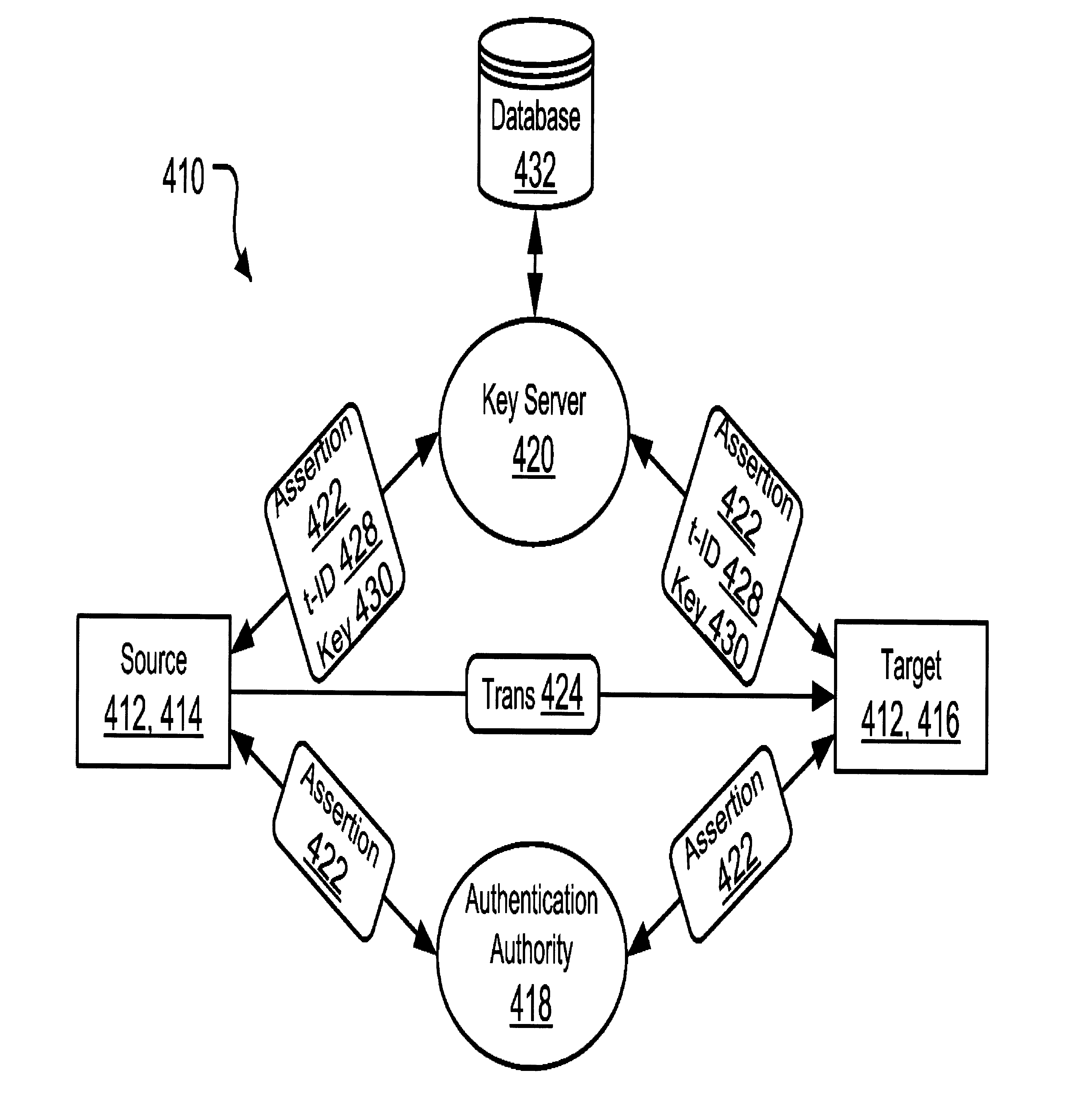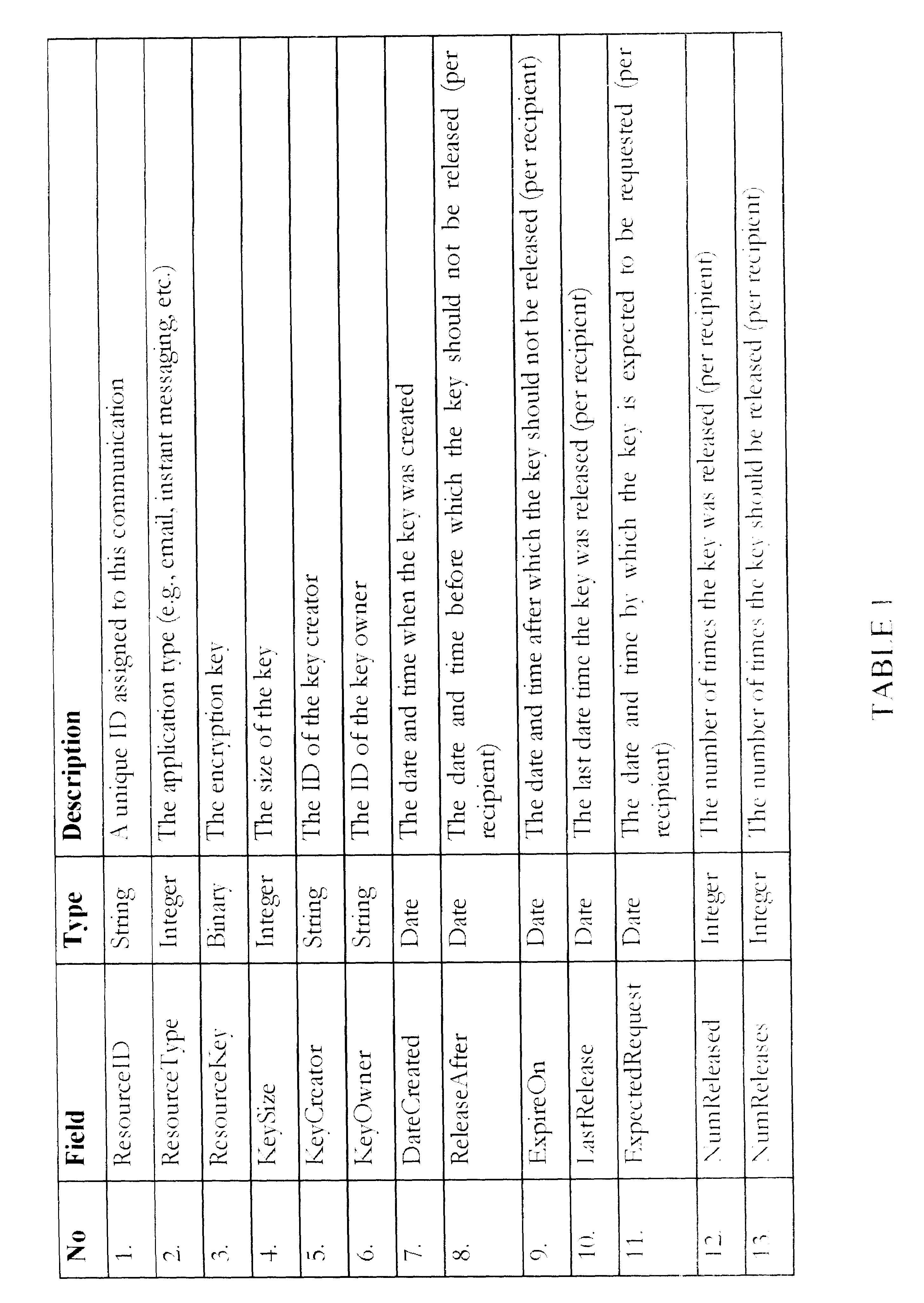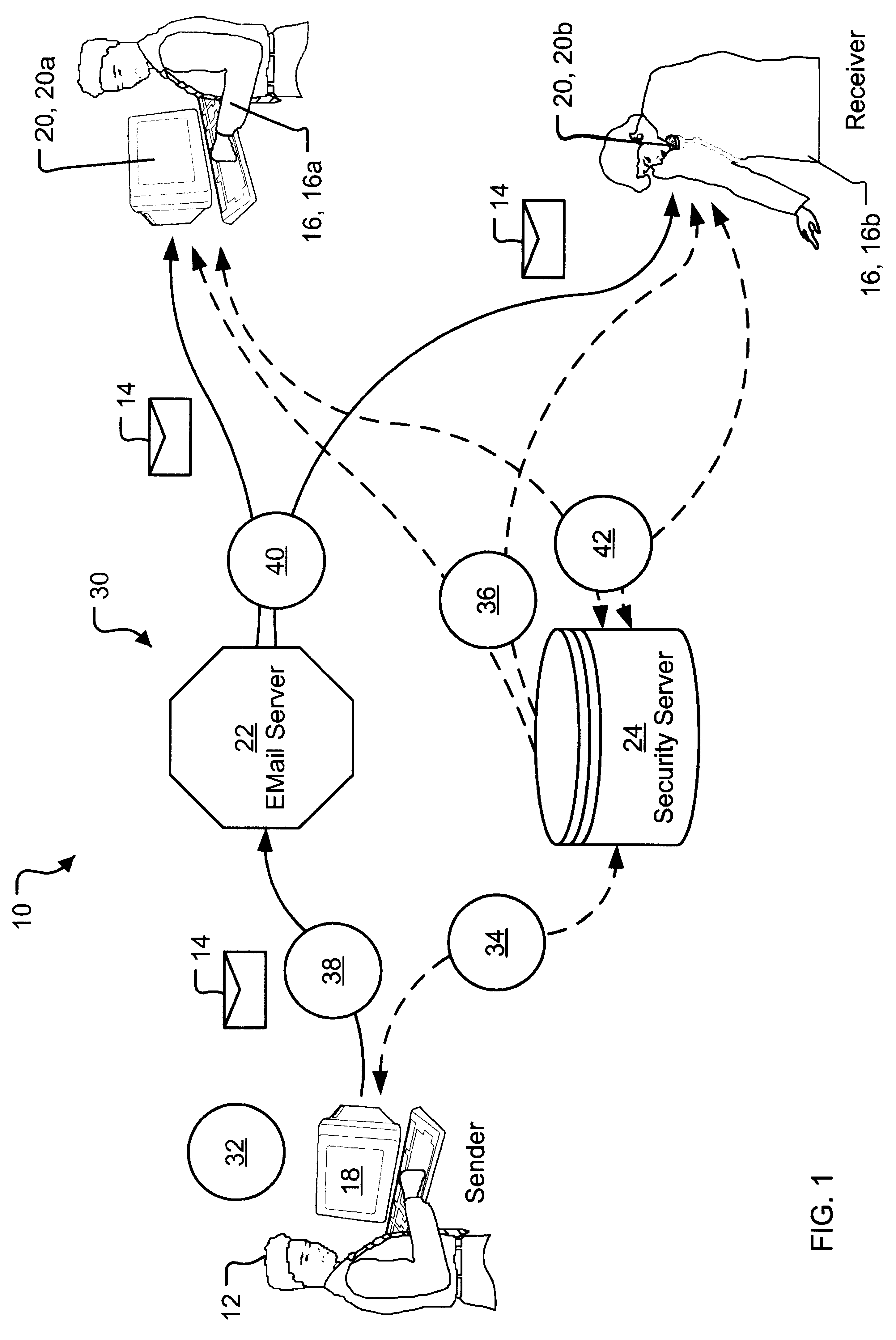Various reasons exist for concern in this regard, probably ones far too numerous to cover here, but a few examples include having to depend on complex technologies, having to rely on unknown and possibly untrustworthy intermediaries, and the increasing
anonymity in our electronic networks due to the distances which communications may travel and the masses of people which we may now reach.
Unfortunately, most of us do not have anywhere near a similar degree of trust in the security of electronic communications as they pass between senders and receivers in our modern networks.
Even worse, in many cases, electronic communications can be lost in transit, maliciously altered, fraudulently concocted entirely, or later simply repudiated.
The problem of e-message security is severe and is already receiving considerable attention.
However, the very beneficial ability of electronic messages to travel so far and so swiftly as they can also means that they may cross legal boundaries, potentially hampering such legal efforts and definitely creating a crisis in
user confidence.
Many of the existing systems for securing electronic communications are unwieldy, not well trusted, or both.
The very
electronic systems which have made modern electronic communications possible and efficient have already made many conventional cryptographic systems obsolete, or at least highly suspect.
Equally or more modern computer systems have the ability to perform staggering numbers of tedious operations in a
massively parallel manner, and many strong cryptographic systems of the past have now been shown to be no longer reliable.
These are presently quite popular, but perhaps prematurely and unduly.
The keys used are both large prime numbers, often hundreds of digits long, and the inherent strength of the RSA
algorithm lies in the difficulty in mathematically factoring large numbers.
As the presence of the term “infrastructure” in PKI implies, however, this popular cryptographic
system requires a considerable
support system.
These tasks are usually handled by a “certification authority.” Unfortunately, as the marketplace in our competitive society is now demonstrating, this can lead to a plurality of certification authorities all vying for acceptance and thoroughly confusing the potential users.
Moreover, the lifecycle of public keys (creation, distribution, renewal, and
revocation) can lead to complex and unmanageable deployment scenarios.
But as the very
negative reaction by our government to initial publication of and about the RSA
algorithm aptly demonstrated, true, unbridled security can be perceived as a
threat to a government's ability to protect society.
PKI also has some other problems with regard to
usability and efficiency.
Since the keys are quite large, usually well beyond the capability of an average human to memorize, they are awkward to work with.
This is a severe impediment to mobile use across multiple systems and to
recovery after erasure from
volatile memory, and it creates a whole host of additional problems related to protecting what effectively becomes a physical key needed to contain the private key.
A
receiver based key
system, such as PKI, is also unwieldy in some situations.
This can encompass quite a severe computational burden as a
list of intended message recipients grows in number.
Unfortunately, even these have been found wanting.
Existing systems for digital message communications, such as the example described above in a business processes context, have a number of limitations.
They do not support both action and the lack of action.
These systems fail to provide any information about the lack of
receipt.
The limitations make existing systems unduly recipient controlled, or not controlled at all, rather than originator-controlled.
Existing technology, such as PKI-based e-mail, also does not permit an originator to control when a recipient can view the data.
This unpredictability results in difficulties in managing the expected capacity of the communication systems.
The approaches discussed above have still not addressed all concerns with the use digital communications.
The general prior art systems, as well as the prior work by the present inventors, have not provided ways to that well address two particularly vexing problems: communication nonrepudiation and auditing.
Existing systems for digital message communications that attempt to provide either nonrepudiation or auditing have a number of limitations.
For instance, these systems are not transparent.
Technologies such as PKI burden the user with maintaining a private key and actively using it for producing a signature.
Moreover, existing technologies do not provide a single service for both nonrepudiation and audit.
The existing systems thus use PKI-based technology or non-PKI technology, but are unable to practically interoperate with both and yet not require either.
Accordingly, prior art crypto and PKI systems have not adequately solved the problems of nonrepudiation and auditing in digital message communications.
 Login to View More
Login to View More  Login to View More
Login to View More 


